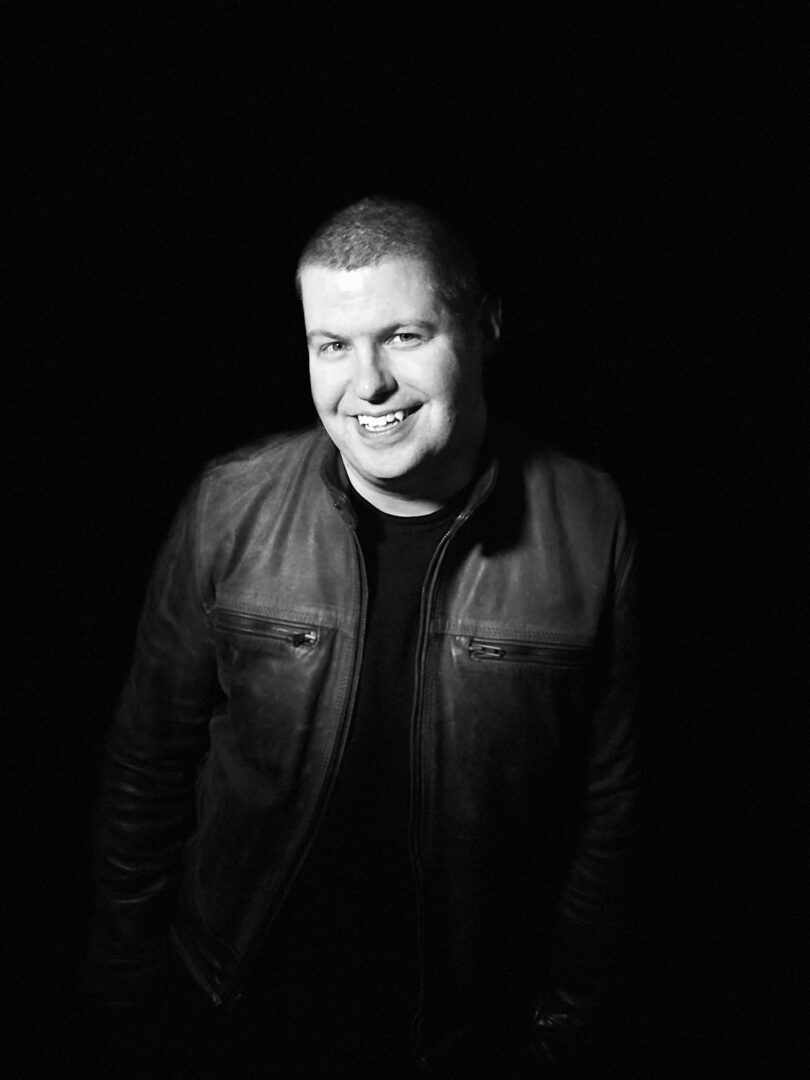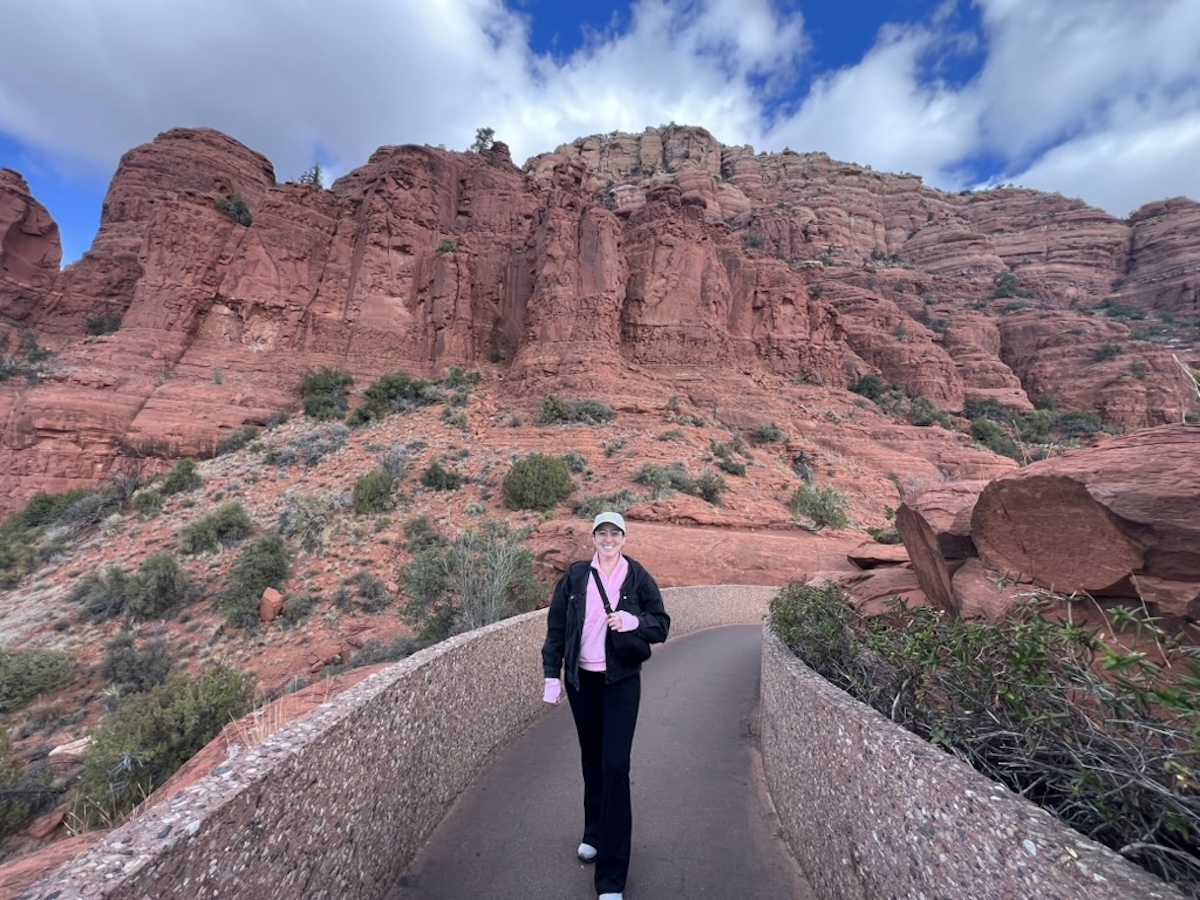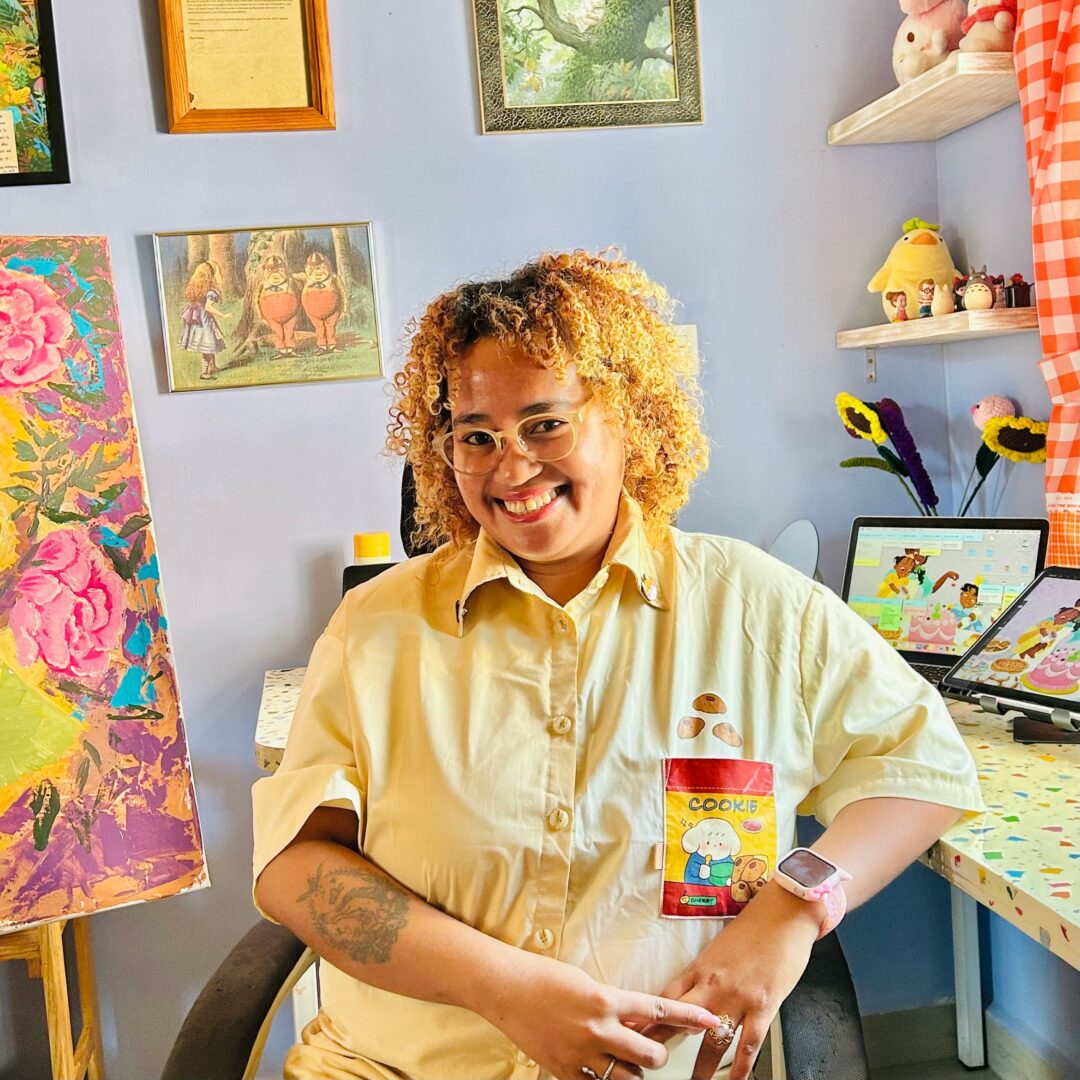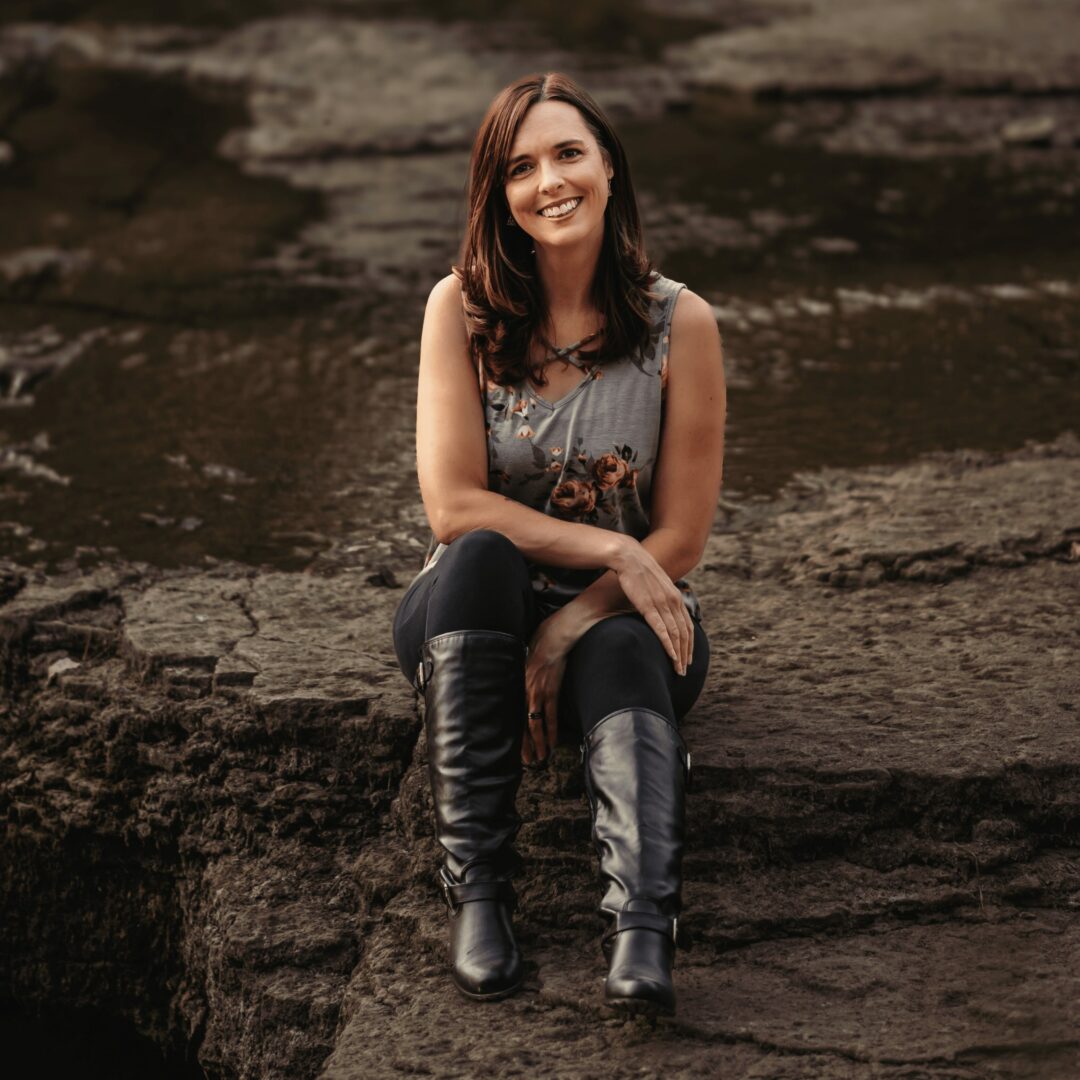We were lucky to catch up with Caleb Norris recently and have shared our conversation below.
Hi Caleb, thank you so much for opening up with us about some important, but sometimes personal topics. One that really matters to us is overcoming Imposter Syndrome because we’ve seen how so many people are held back in life because of this and so we’d really appreciate hearing about how you overcame Imposter Syndrome.
I think, to some degree, every artist or designer experiences imposter syndrome. There’s always the challenge of creating something that feels authentic while also hoping it will be accepted by others—all while trying to stay confident in the face of criticism. I know I’m not the same artist today that I was a week ago. Even though I’m proud of what I’ve created now, I know that years from today, I’ll look back with amusement at my inexperience—even after 20 years—but still be amazed by my technique in what i created.
I think part of being an artist is embracing a little bit of that “imposter” feeling because our inspiration comes from life, experience, and observing others. I’ll always question my skill, talent, and ability compared to others—just as all artists do—but that’s what fuels the creative drive.

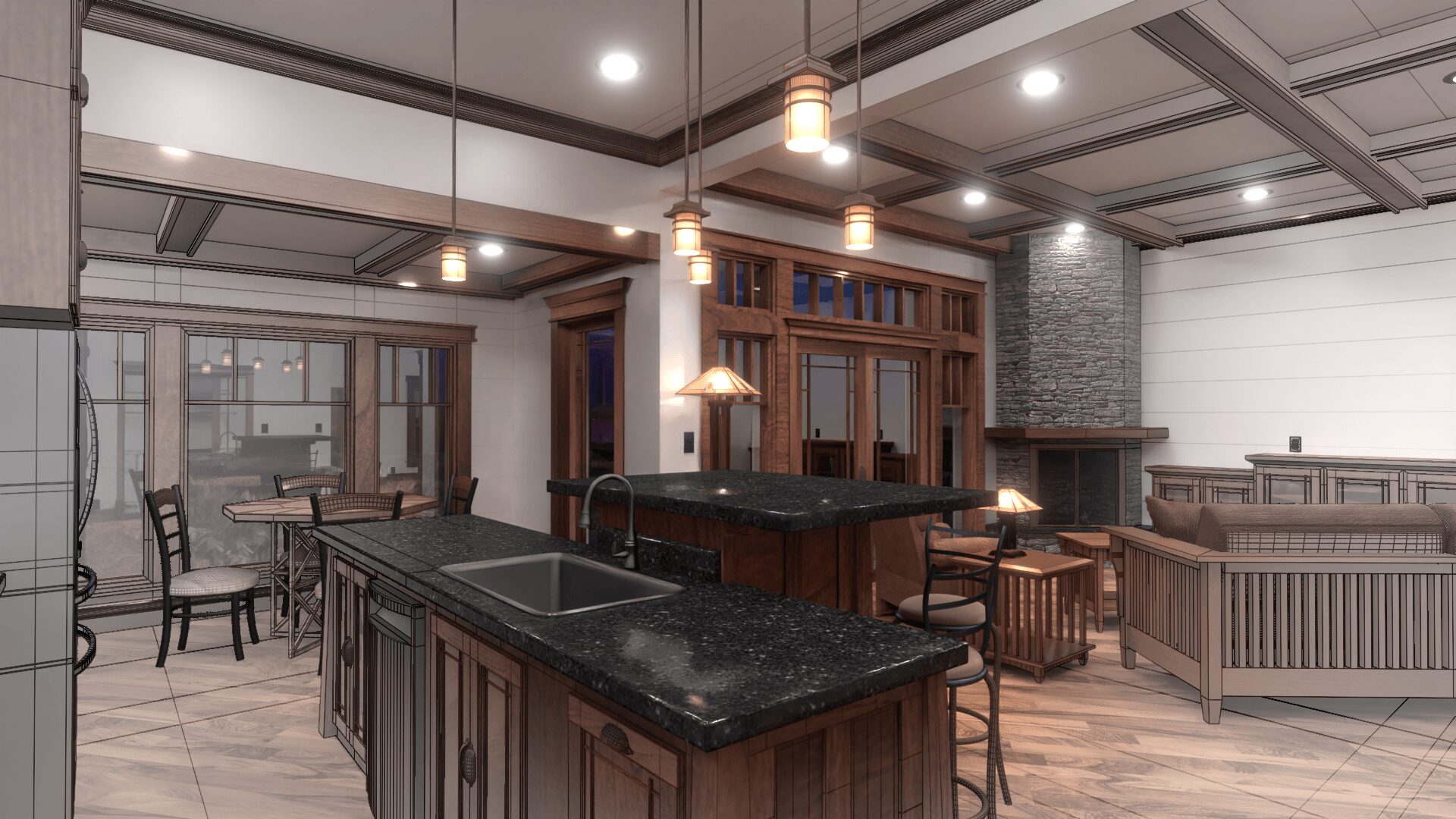
Let’s take a small detour – maybe you can share a bit about yourself before we dive back into some of the other questions we had for you?
I’m a digital artist specializing in 2D, 3D, and video art forms. About 20 years ago, I discovered my passion for drawing. Like many artists, I experimented with various styles—from still life and figure drawing to cartoons and caricatures—using everything from pencils and markers to paint. I have always enjoyed the creative process: making something out of nothing but an idea or a story.
Growing up, I considered many different professions, but they always revolved around art. Over time, my interests evolved, leading me toward 3D art and design. I was drawn to the medium because it seamlessly incorporates multiple disciplines—painting, drawing, motion, and movement—all within one art form. I’ve always been captivated by the endless possibilities of art, starting with a simple question: What if?
Throughout my 20 years in design, tools and technology have advanced significantly. Yet, everything still begins with an idea and the raw talent to visualize the final result. I thrive on variety in my projects and strive to avoid replicating past work. In a world where mass-produced, drive-through design solutions dominate, the human element—the creativity and uniqueness that make art an experience—is often missing. My goal is not just to solve a problem but to create something new and memorable.
My clients play a significant role in inspiring my creative projects. Whether I’m designing 2D graphics to promote their business, crafting 3D models or animations to bring their ideas to life, or editing video to shape a compelling story from scattered moments, I am passionate about transforming imagination into reality.
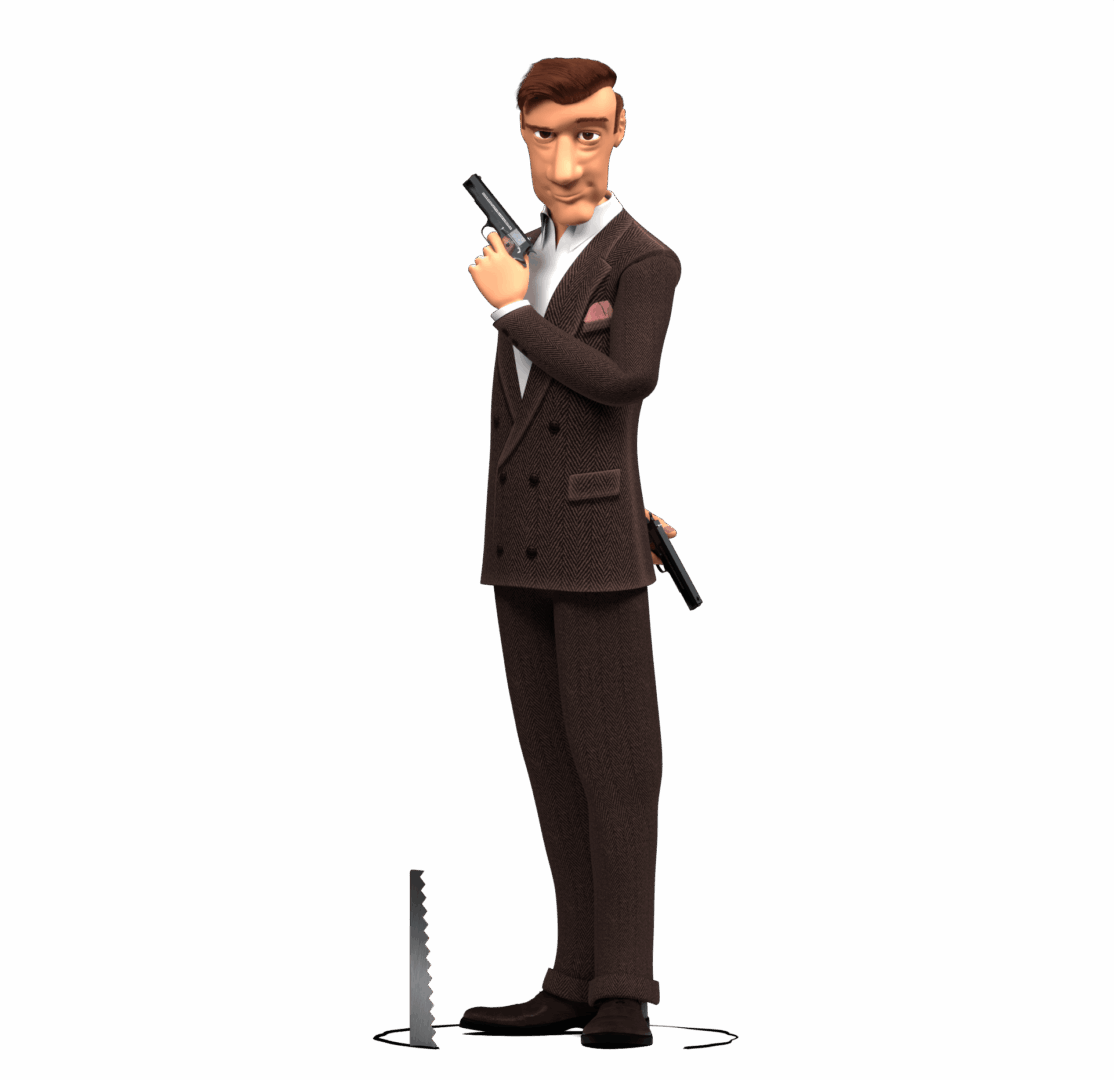
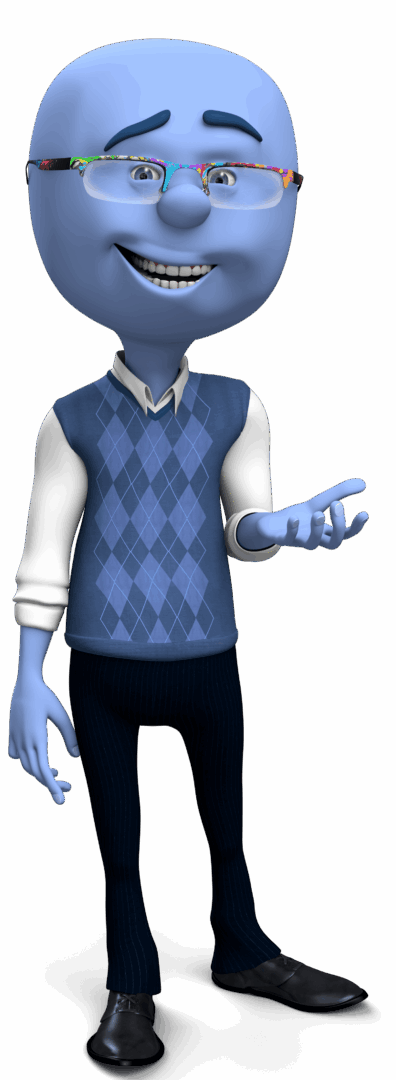
If you had to pick three qualities that are most important to develop, which three would you say matter most?
Establish YOUR OWN style. It’s easy to copy another artist’s work, but that doesn’t make you an artist when you have nothing original to offer. True artists (not limited to visual art alone) will always have the desire to create something uniquely their own—a distinctive look and feel that sets them apart. Your style should be as singular as your fingerprint.
Be willing and eager to expand your toolset, whether through mastering new techniques, learning software, or (if working in traditional studio art) experimenting with different physical tools and styles. Being a designer means learning from the past, applying that knowledge in the present, and using it to shape the future.
Design trends come and go, but that doesn’t mean they should be dismissed—they can serve as valuable elements in future creative work. Just because most design today is digital doesn’t mean traditional art forms like drawing, painting, photography, and sculpture are obsolete. In fact, they are the foundation of modern visual arts, influencing vector design, digital painting, digital photography, and 3D modeling.
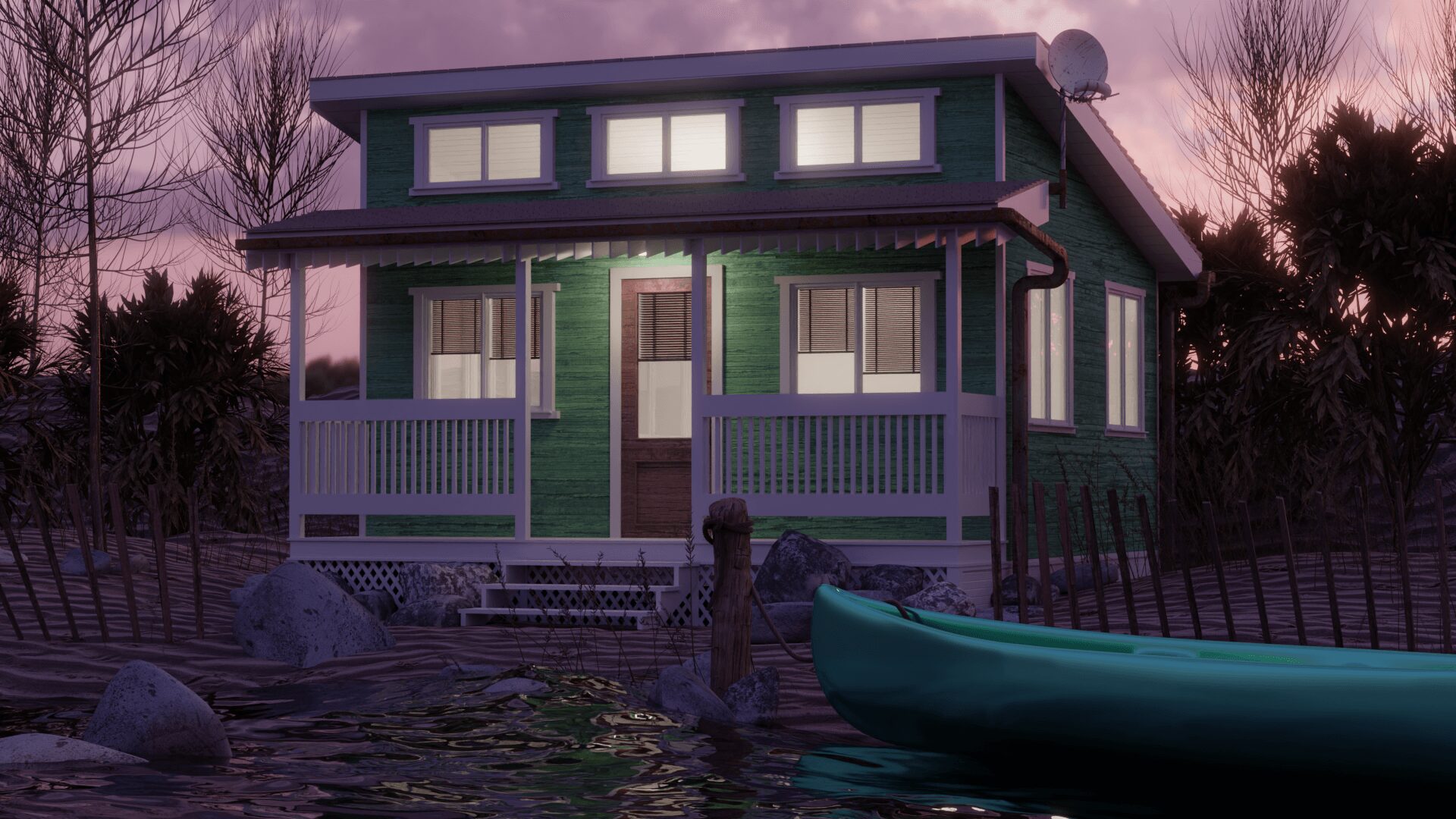

Do you think it’s better to go all in on our strengths or to try to be more well-rounded by investing effort on improving areas you aren’t as strong in?
A couple of decades ago, a designer could succeed by specializing in a single discipline, such as illustration, desktop publishing, commercial design, or branding. However, today’s designers face increasing demands to be proficient in multiple areas—not just graphic design and image manipulation, but also web design, coding, video editing, 3D modeling, animation, and more. Nearly all forms of visual media now fall under the umbrella of design, and without a broad skill set, you may find yourself caught in the proverbial rainstorm of employer expectations.
As a designer, I’ve learned to adapt and grow, becoming a self-taught jack-of-all-trades in visual media while mastering the areas that are in highest demand—demands that constantly shift as design trends and audience preferences evolve. Like any art form, practice makes perfect. The more I refine the fundamentals, the more second nature they become. Once that happens, I seek new challenges that expand my capabilities, allowing me to offer fresh perspectives, unique styles, and innovative visual solutions.
There hasn’t been a single project I’ve undertaken that didn’t teach me something new, push my limits, and expand my skillset, and I’ve never repeated (recycled) the same project twice. Every challenge is an opportunity to grow, create, and push the boundaries of design. Never stop asking yourself “What if?”.
Contact Info:
- Website: https://www.fine-line-graphics.com
- Linkedin: https://www.linkedin.com/company/fine-line-graphics-com


Image Credits
Caleb Norris (all images)
so if you or someone you know deserves recognition please let us know here.

